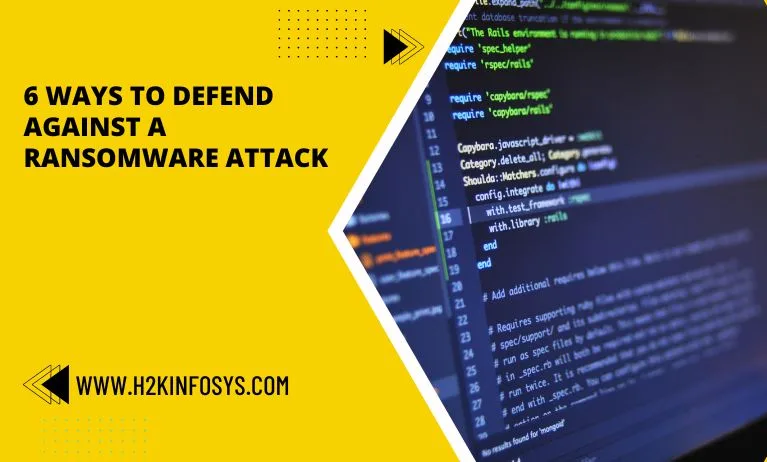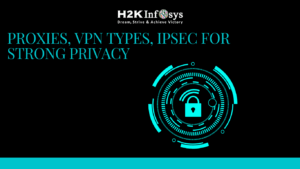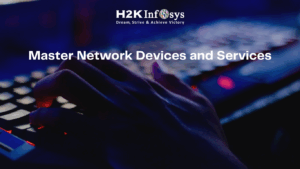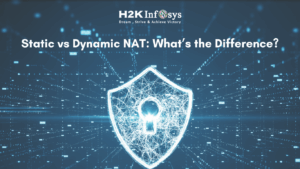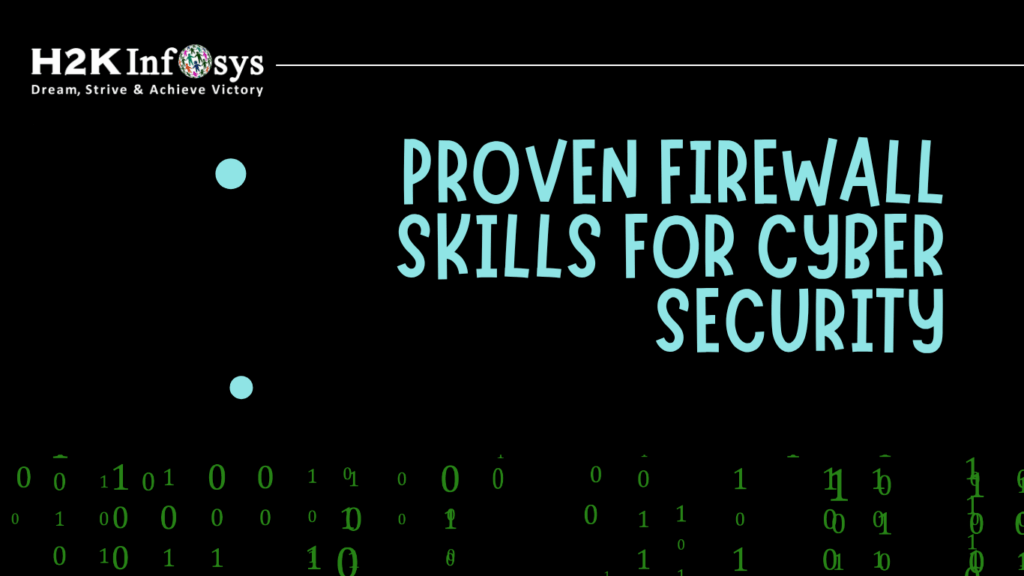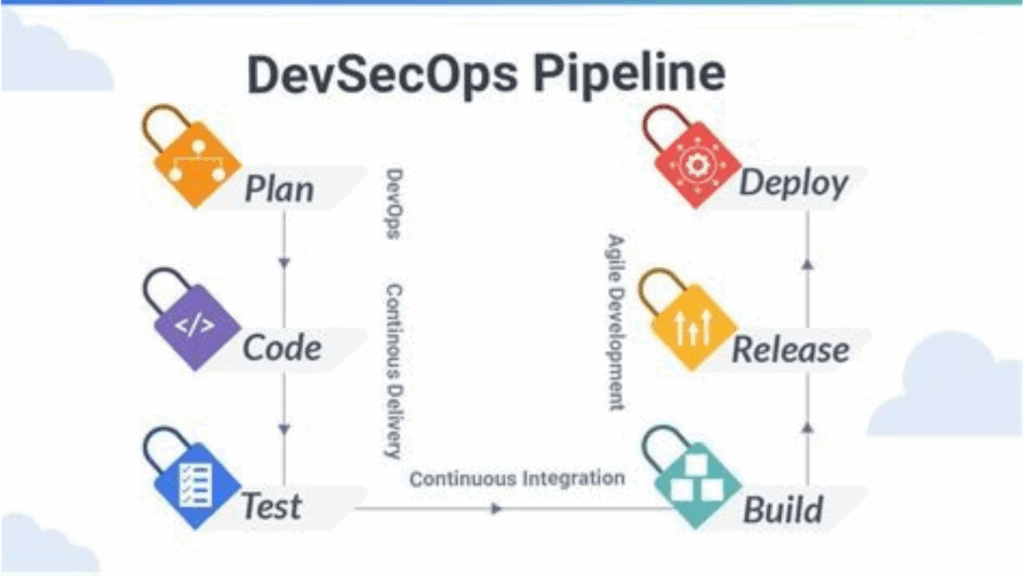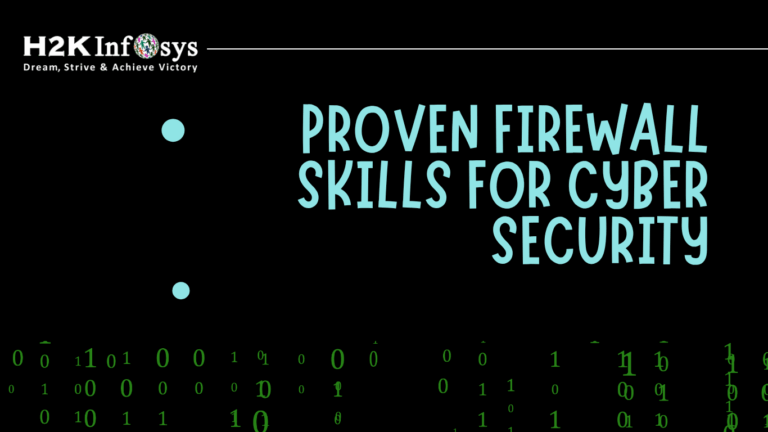An organisation may be more affected by ransomware than by a data breach. Ransomware is a form of cyber extortion that involves malicious software infiltrating computer systems, encrypting data, and holding the victim hostage until they pay a ransom.
Ransomware can cost businesses millions of dollars in the immediate term and a potentially even higher loss, in the long run, affecting reputation and dependability. Ransomware attackers are proving to be a persistent cybersecurity threat, affecting everyone from major healthcare institutions and shops in the United States to insurance companies in the Middle East.
If organisations wish to reduce losses, they must concentrate on early mitigation and preparation.
One of the reasons ransomware attacks are becoming more prevalent may be because the victim organisations in some recent cases have paid the attackers enormous sums of money. Instead, if enterprises wish to reduce losses from ransomware, they must concentrate on early mitigation and planning. Check out the online Cybersecurity certification course to learn more about ransomware and cybersecurity.
Using a mitigation plan, CISOs and security leaders may lessen the chance of ransomware attacks, decrease exposure to vulnerabilities, and secure the enterprise. The following six steps must be included in this plan.
1.Conduct initial ransomware assessments.
To evaluate the attack surface and the present level of security resilience and preparedness in terms of tools, processes, and capabilities to fight against attacks, conduct risk assessments and penetration testing.
Consider using free ransomware decryption tools before assuming that paying the ransom is your only recourse.
2.Enforce ransomware governance.
Even before preparing for the technical response to a ransomware attack, establish protocols and compliance procedures that engage important decision-makers within the firm. Ransomware may quickly turn from a problem to a crisis, costing business money and damaging its brand.
The preparation must engage crucial individuals including the CEO, board of directors, and other significant stakeholders. Journalists and other external stakeholders are more likely to contact the board of directors for a response to a ransomware attack than the security chief or chief information security officer.
3.Maintain consistent operational readiness.
To make sure that systems can always detect ransomware threats, frequently practise and drill. The ransomware response strategy should include regular testing of incident response scenarios.
To check for vulnerabilities, noncompliant systems, and misconfigurations, test, test, and retest at regular intervals. Make sure that incident response procedures are not dependent on IT systems that might be vulnerable to ransomware attacks or inaccessible in the event of a major incident.
4.Back up, test, and repeat ransomware responses.
Not just the data, but also every non-standard application and the IT infrastructure that supports it, should be backed up. Keep up regular, trustworthy backup and recovery processes. If online backups are used, make sure that ransomware cannot encrypt them. Harden the backup application, storage, and network access of enterprise backup and recovery infrastructure against assaults by frequently comparing this to expected or baseline activities.
Create specific recovery time objective (RTO) and recovery point objective (RPO) parameters, protect backup storage media, and get ready for key application recovery in a system-wide ransomware attack.
5.Implement the principle of least privilege.
Limit access to devices and prevent unlawful entry. Remove the local administrator privileges from end users, prevent the installation of applications by common users, and replace it with a centralised software distribution facility.
Multifactor authentication must be used whenever it is practical by CISOs and security executives, especially for privileged accounts. On all crucial servers, network appliances, and directory services, increase authentication logging, and make sure logs are not destroyed. Be sure to alert security operations teams to any strange activity and to look out for irregular logins and unsuccessful authentication attempts.
6.Educate and train users on ransomware response actions.
Investigate local and national authorities that have offered recommendations on how businesses may defend their network infrastructure against ransomware. These principles can be used by CISOs and other security executives to develop a fundamental training program for every employee within the company. For best outcomes, ransomware readiness training must be tailored to the enterprise.
For enhanced end-user preparedness against ransomware, deploy cyber crisis simulation tools for mock exercises and training that are more similar to real-life events.
Conclusion
The ever-evolving strategies and goals of hackers are hurdles for ransomware and other types of malware. A preparation plan in place can help the organisation be protected and keep losses under control. All of the information you need to know about ransomware will be provided through a credible online cybersecurity training platform.
